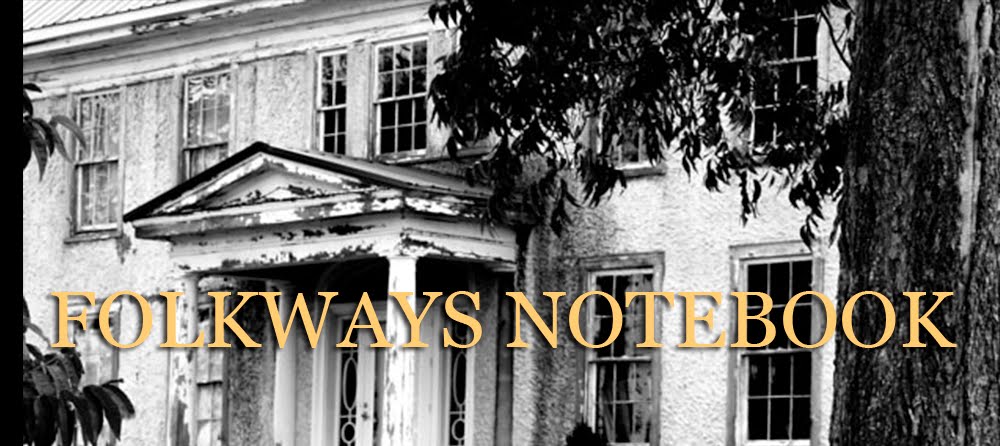| TRANSOM LIGHT, LANCASTER, KENTUCKY |
I have been taking photos of these structures for a few years. One of my favorite places to visit in Lancaster is the Garrard County Historical Society. It is a place where extremely knowledgeable folks hang out and can answer most questions about Garrard County and Lancaster.
I took the photo above in Lancaster. My eyes had floated to the transom light above a commercial building doorway. If you look closely at the above square window, that is located above the entrance door, you can make out a name of G. C. Walker. This square window is called the transom light. Transoms became a building tradition in the 1800s with a name and/or address placed in gold leaf on the transom's glass.
After the 1800s, transom lights over doors slowly lost their popularity. These old transoms were hinged and could be independently opened from the door below it, thus providing light and ventilation to the interior.
This transom light is especially handsome as it incorporates the Victorian architectural features that surround it. I'm sure there are a few other transoms in Lancaster that I have not noticed.
Lancaster has so many beautiful homes and commercial structures that are unique, both small and large. I plan on many more photo sessions in this quaint town.
Reference:
To view an old transom in a kitchen visit
old house web













